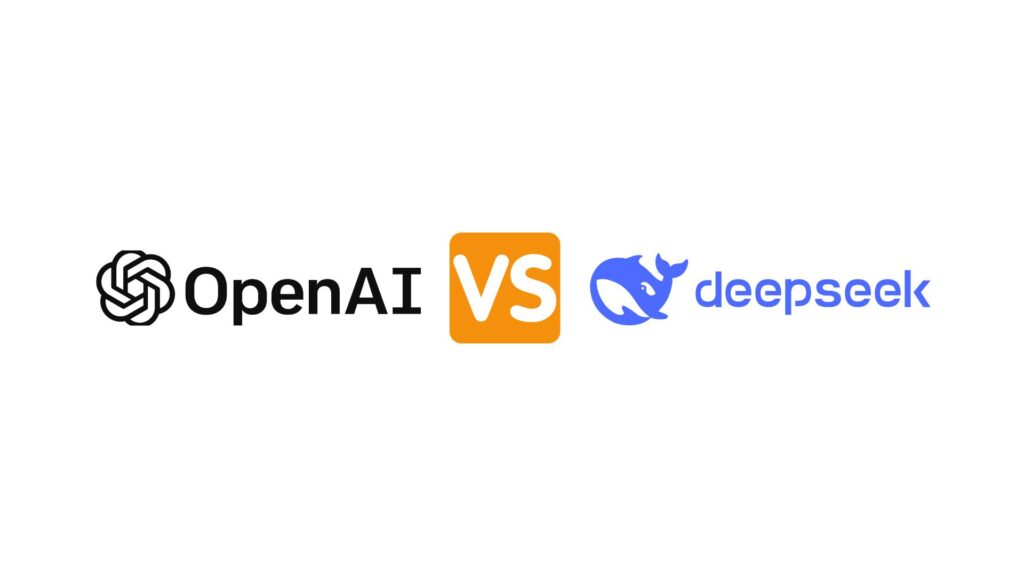DeepSeek’s efficiency forces OpenAI to rethink closed AI model strategy
DeepSeek’s low-resource AI success challenges US dominance and spurs OpenAI’s open-weight model release.

OpenAI has released reasoning-focused open-weight models in a strategic response to China’s surging AI ecosystem, led by DeepSeek’s disruptive efficiency. Unlike earlier coverage, the shift is framed not merely as competitive posturing but as a deeper recognition of shifting innovation philosophies.
DeepSeek’s rise stems from maximizing limited resources under the US’s export restrictions, proving that top-tier AI doesn’t require massive chip clusters. The agility has emboldened the open-source AI sector in China, where over 10 labs now rival those in the US, fundamentally reshaping competitive dynamics.
OpenAI’s ‘gpt-oss’ models, which reveal numerical parameters for customization, mark a departure from its traditional closed approach. Industry watchers see this as a hybrid play, retaining proprietary strengths while embracing openness to appeal to global developers.
The implications stretch beyond technology into geopolitics. US export controls may have inadvertently fueled Chinese AI innovation, with DeepSeek’s self-reliant architecture now serving as a proof point for resilience. DeepSeek’s achievement challenges the US’s historically resource-intensive approach to AI.
AI rivalry may spur collaboration or escalate competition. DeepSeek advances models like DeepSeek-MoE, while OpenAI strikes a balance between openness and monetization. Global AI dynamics shift, raising both technological and philosophical stakes.
Would you like to learn more about AI, tech, and digital diplomacy? If so, ask our Diplo chatbot!

